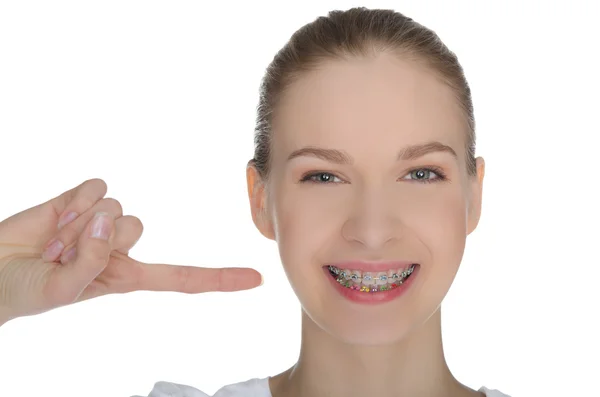Introduction
Braces are a common orthodontic treatment used to correct dental and facial irregularities such as misaligned teeth, overbites, underbites, and other related issues. They work by applying gentle pressure to the teeth and gradually moving them into the correct position over time. Braces can be used to correct a wide range of orthodontic problems and improve the functionality of teeth, the bite, and overall oral health. There are several different types of braces available today, including traditional metal braces, ceramic braces, lingual braces, self-ligating braces, and clear aligners. If you or your child has dental irregularities or concerns about the alignment of your teeth, braces in Armidale can provide you with the specialized care and expertise needed to achieve optimal oral health and a confident smile.
Different Types of Braces
There are several types of braces available today, each with its advantages and disadvantages. The type of braces recommended for each patient will depend on their individual orthodontic needs and preferences. Here are some of the most common types of braces:
- Traditional Metal Braces: These are the most common type of braces and consist of metal brackets attached to the teeth with wires and elastic bands. They are highly effective and can be used to correct a wide range of orthodontic problems.
- Ceramic Braces: Ceramic braces work in the same way as traditional metal braces but use tooth-coloured or clear brackets and wires that are less visible than metal braces.
- Lingual Braces: Lingual braces are similar to traditional metal braces, but the brackets and wires are attached to the back of the teeth instead of the front, making them less visible.
- Self-Ligating Braces: These braces use brackets that do not require elastic bands, which can reduce the amount of pressure on the teeth and result in a more comfortable treatment experience.
- Clear Aligners: Clear aligners are a series of clear plastic trays that fit over the teeth and gradually move them into the correct position. They are removable and virtually invisible, making them a popular choice for adults and teens.
Each type of brace has its advantages and disadvantages, and the best type of braces for each patient will depend on several factors, including the severity of their orthodontic problem, their age, and their personal preferences. An orthodontist can evaluate your teeth and recommend the best type of braces for your individual needs.
Benefits of Braces
There are many benefits to getting braces, including:
- Improved Oral Health: Braces can correct dental and facial irregularities that can contribute to oral health problems such as tooth decay, gum disease, and jaw pain.
- Improved Bite: Braces can correct bite problems such as overbites, underbites, and crossbites, which can cause difficulty chewing, speaking, and even breathing.
- Straighter Teeth: Braces can straighten crooked or misaligned teeth, improving the appearance of the smile and boosting confidence.
- Enhanced Speech: Crooked teeth or bite problems can affect speech, and braces can help improve speech by correcting these issues.
- Reduced Risk of Injury: Teeth that stick out or are positioned incorrectly can be more vulnerable to injury. Braces can correct these problems and reduce the risk of damage or injury to the teeth.
- Long-Term Results: While the treatment time for braces varies depending on the individual case, the results are generally permanent, providing a lifetime of improved oral health and a confident smile.

Overall, getting braces can have significant benefits for both oral health and overall quality of life. If you have dental or facial irregularities, talking to an orthodontist can help determine if braces are the right treatment for you.
Conclusion
Braces are a highly effective orthodontic treatment that can correct a wide range of dental and facial irregularities. They can improve oral health, straighten teeth, enhance speech, and reduce the risk of injury. With several types of braces available, patients can choose the option that best fits their individual needs and preferences. While the treatment time varies depending on the severity of the case, the long-term results of braces are generally permanent, providing a lifetime of improved oral health and a confident smile. If you have concerns about the alignment of your teeth or bite, talking to an orthodontist can help determine if braces are the right treatment for you.




















